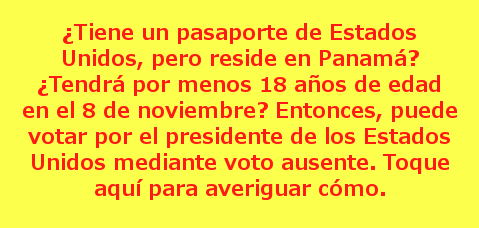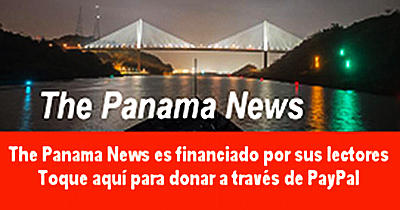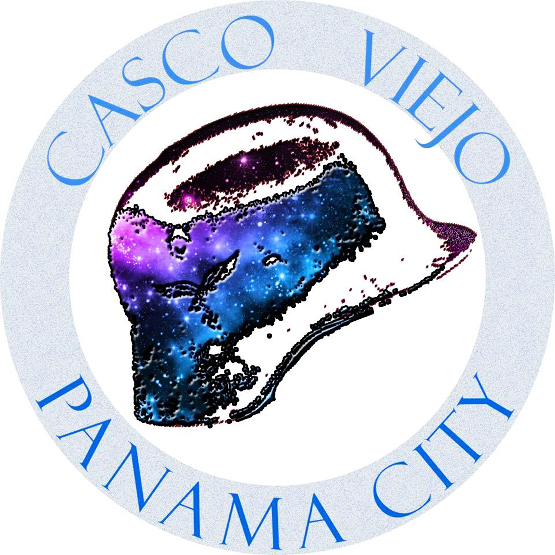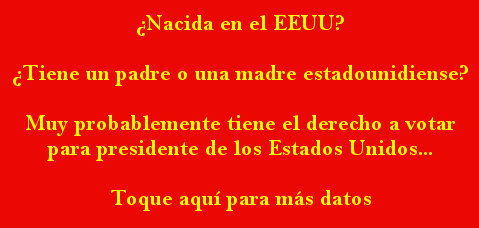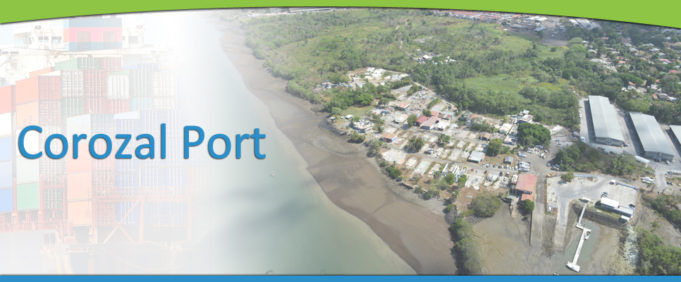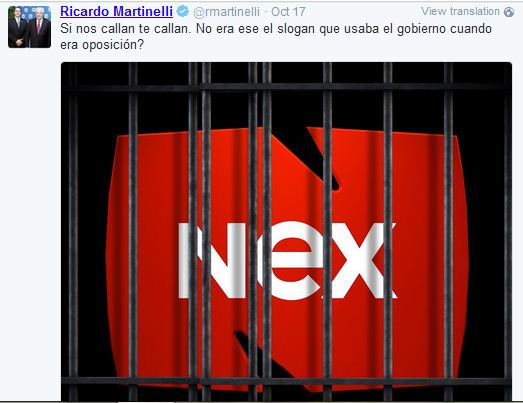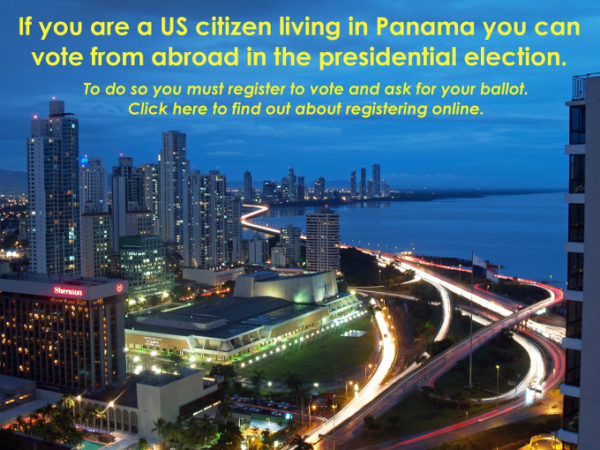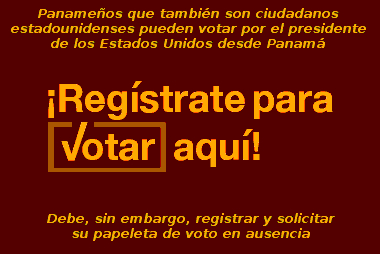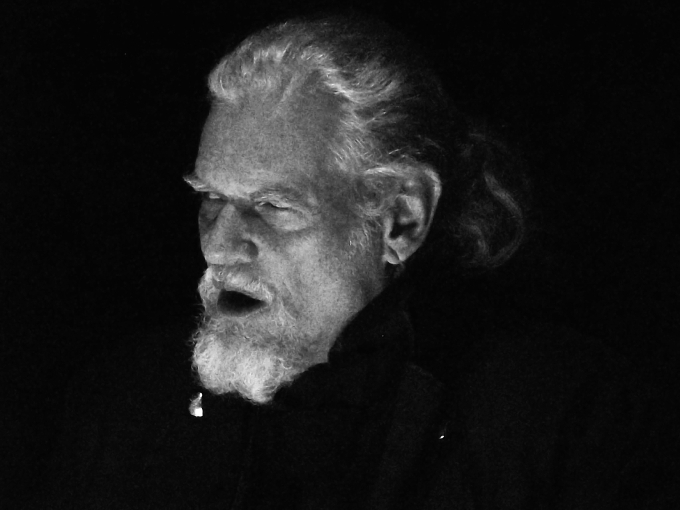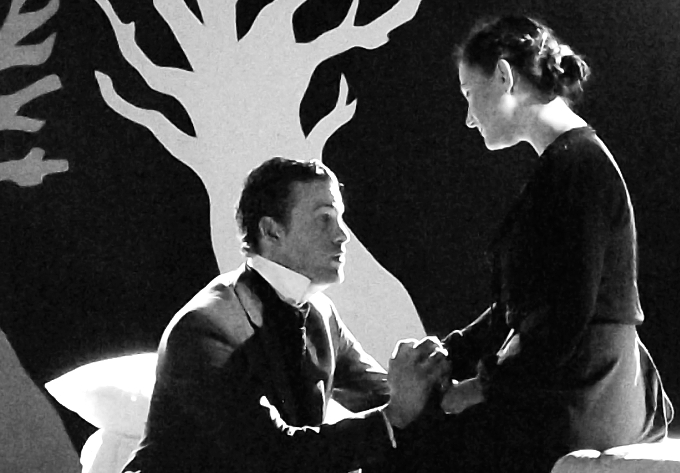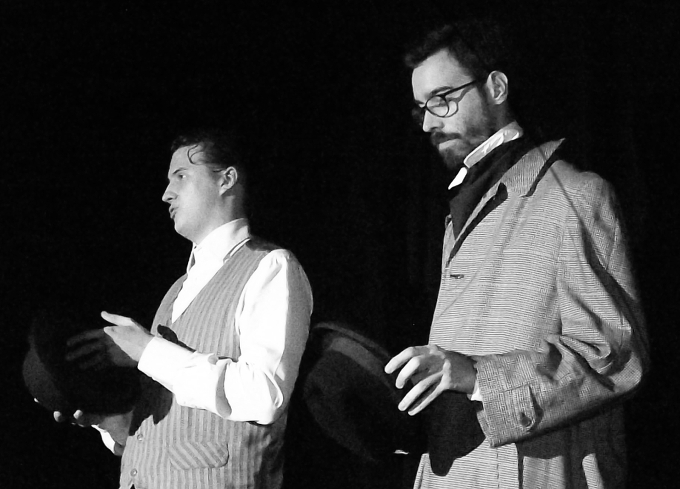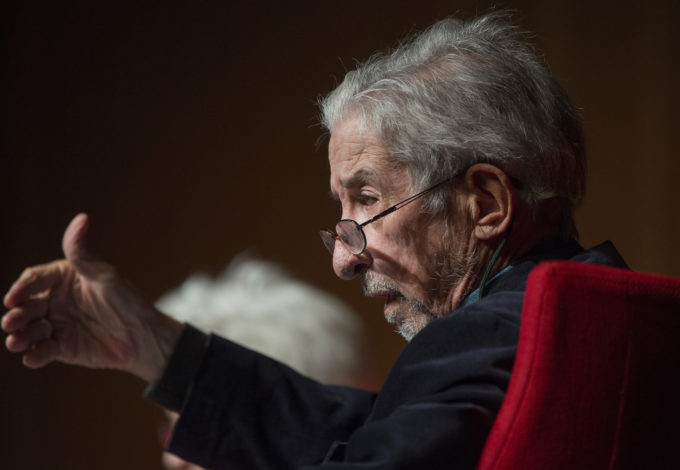
I never stopped learning from Tom Hayden
by Mark Rudd — from his Facebook page
Last week, reading in the NY Times about Bob Dylan’s having been awarded the Nobel Prize for Literature, one quote struck me, “We’re terrifically lucky to be alive at the same time when he is.” I always felt the same way about Tom Hayden. His death is devastating in the same measure as the enormity of his contribution.
I first came across Tom Hayden when I read The Port Huron Statement (PHS) in 1965, a freshman at Columbia just learning about SDS. Though SDS’s founding document had been a collective product, Tom, the first president of SDS, was the principal author. His prose and his clear logic knocked me out: Port Huron was a critique of the Cold War and anti-communism, a call for party realignment into true left and right, most of all, for me, a blueprint for a role that students could play in creating social change. It even included a vision of something called “participatory democracy” to replace the sclerotic passivity and hopelessness of our political system. I decided to join the Columbia chapter because these SDS people were so damned smart. Over the years 1962-1969 hundreds of thousands of students read Port Huron and responded in the same way.
I think I first met Tom in the summer of 1967, right after the Newark, NJ, riots, at SDS’s community organizing project house there. Tom patiently explained to me, a kid from the all-white Newark suburbs, about the misery that had caused the riots, and also why he was organizing there: to help bring into existence “an interracial movement of the poor.” His quiet idealism was downright infectious.
Less than a year later, in April, 1968, Tom responded to Columbia SDS’s call for organizers to come to the building occupations against the university’s institutional racism toward the Harlem community and its participation in research in support of the war in Vietnam. Tom had already been to Czechoslovakia to meet with Vietnamese from the National Liberation Front and in a short few months had been instrumental in teaching so many of us in SDS about the nature of the American aggression against Vietnam and the Vietnamese resistance. He immediately joined “the Math Commune” (located in Mathematics Hall) and offered his expertise in chairing endless meetings discussing tactics to hold the building as well as strike strategy. His leadership style embodied the ideal of participatory democracy, insisting that all sides of every question be heard. Paul Cronin, the documentary filmmaker who has been laboring for the last 10 years on a comprehensive film record of the 1968 Columbia Strike, called A Time to Stir, is in possession of remarkable footage of Tom leading meetings in Math. I hope he can get these broadcast or up on the internet. Paul also has footage of members of the Math Commune commenting on how important and inspiring Tom’s democratic style was to them.
After the police bust, Tom wrote an article about Columbia for New Left Notes, the SDS weekly out of the Chicago National Office, the title of which was “Create two, three, many Columbias.” (Always thinking strategically, Tom appropriated Che’s famous rallying cry, “Create two, three, many Vietnams”). And that is precisely what SDS and students all over the country did for the next two years.
The early summer of 1968, Tom began visiting Columbia SDS to recruit for the Democratic National Convention demonstrations in August. Again, his vision of masses of people protesting the war and racism outside the convention proved infectious, as hundreds of us went out there, often serving as leaders in the streets for the many thousands of unorganized kids who joined. Those demonstrations raised awareness of the mass desire for peace, challenging the party that had given us the war. When Tom and seven others were eventually charged with conspiracy to riot, SDS jumped to their defense.
I only learned years later that Tom had been a friend and supporter of Robert Kennedy at the same time as he was organizing the mass demonstrations. Clearly, his pragmatic side had coexisted with his militant radical side. Anyone else might have seen this as a contradiction–indeed, most of Columbia SDS had rejected what we called “McKennedy” (Eugene McCarthy and Robert Kennedy being the anti-war candidates) reformism for “voting in the streets”–but Tom had no problem in exploring both strategies. In retrospect I honor him for it.
A few days before the opening of the conspiracy trial of the Chicago 8, in September, 1969, I went to hear Tom speak on the case at the University of Chicago. I distinctly remember being struck by his quiet, almost anti-charismatic style. The opposite of a rabble-rouser, his clear explanations embodied a democratic humility and trust in his listeners. His was a leadership style that built other people’s leadership. I suspect he was first exposed to that democratic vision back in 1960-1962 while working with the Student Nonviolent Coordinating Committee, SNCC, in the South. Miss Ella Jo Baker, the brilliant mentor of SNCC, a lifetime organizer against segregation and for black freedom, had always insisted on participatory democracy as both a goal and a method.
Tom was close with most of us in Weatherman and the subsequent Weather Underground, but he always insisted on his right to differ with our strategy while at the same time lending support. This is a complicated subject, one I don’t wish to rehash at the moment, but if you’re interested, take a look at the heartfelt essay on his relationship to us which he included in The Long Sixties, published in 2009, in which he summarized 50 years of movement experience. In a nutshell, he understood and was sympathetic to those of us who were driven crazy by our country’s mass slaughter in Vietnam.
I watched Tom’s career as an representative to the California State Assembly, realizing over the years that he had adopted an electoral strategy toward building the mass movement. This was at a time when most of us ex-New Leftists were stuck either in single issue organizing or, much worse, the complete waste that was Marxist-Leninist party-building in the Seventies and Eighties. Through his example Tom was showing us how important it was to have leftists in elected office. I often wonder whether, had more New Leftists bit the bullet and followed Tom’s lead into the party, we would have been stuck with the neo-liberal center-right Clintons and the Democratic Leadership Council which have dominated for over 25 years. At least it would have been a fight for the soul of the party–which, in fact, is only coming into the open now with Bernie’s candidacy. The key thing, though, is that Tom was always thinking about strategy toward power, real power, unlike so many of us who preferred the purity of being on the outside.
Tom helped found Progressive Democrats of America, an organization which was instrumental in convincing Bernie Sanders to run. In a famous piece in the Nation, however, Tom explained why he was supporting Hillary Clinton against Bernie in the primary. His reasoning is worth looking at: we had no real socialist movement to take power behind Bernie — that movement is still to be built. Also, most of his African-American friends were pragmatists voting for Hillary because they knew her, and knew nothing of Bernie on race matters. Lastly, he advocated a mass movement to push Hillary to the left after the election. All ideas worth considering.
I last encountered Tom in May, 2015, at the celebration of the 50th anniversary of the Vietnam anti-war movement in DC, “The Power of Protest,” an event that he had helped organize. There he presented a brilliant analysis of how we built a mass movement that helped win the end of the war. I just read in the LA Times obit that Tom has a book on the subject to be published in 2017. Always teaching strategy.
If you want to get a good view of Tom’s life in the movement, and of his thinking on movement building, take a look at The Long Sixties. He spends the first five pages of the introduction outlining a theory of how mass movements grow, win, and then decline. Then the rest of the book is an explication based on his fifty years experience. A theory of mass movements is an incalculable contribution to our work of developing strategy. I have no doubt that we’ll be learning from Tom Hayden long after he’s gone.
~ ~ ~
These announcements are interactive. Click on them for more information.




